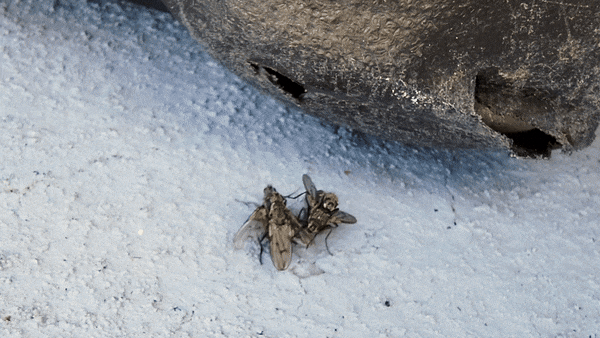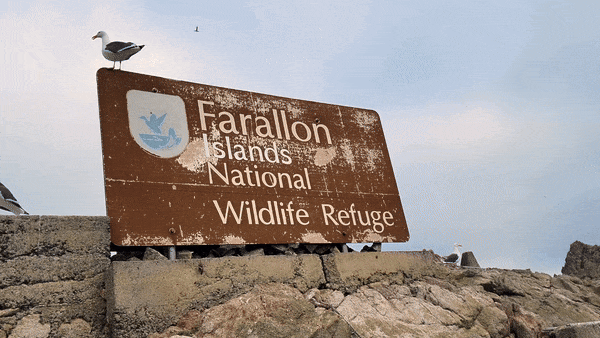Many people wish they could pay less in taxes, but wealthy individuals and large corporations have access to methods for dramatically reducing their tax burden. One such method is the use of tax havens. Tax havens are jurisdictions that offer very low or zero tax rates, favorable tax policies for foreigners, and high levels of financial secrecy. By directing money and assets to these tax-friendly locations, the wealthy and powerful can often avoid paying significant amounts of tax that would otherwise be owed in their home countries. This practice allows them to legally minimize their tax obligations far beyond what's possible for the average taxpayer.
Birds end up paying a lot in taxes: they are always running out of habitat for making their nests, and if and when they lay eggs, some predator sneaks in and grabs the eggs or chicks for a quick snack. So if they laid 4 eggs, only 2 might end up surviving to leave the nest. Taxes are much higher in urban areas for these birds, where mesopredators (predators that occupy a mid-ranking position in a food web) like raccoons, foxes, and opossums roam the streets like the mafia. So, it comes as no surprise when seabirds spot an island that is not inhabited by any of these predators - there is a mad rush to claim that prime real estate.
So many of you might be wondering, where are these islands?
The islands in question are a group of islands called the Farallon islands, located about 30 miles west of San Francisco.
A few months ago I spent a week on one of the Farallon Islands. Here is the shot of the boat passing underneath the Golden Gate Bridge. And for people who are curious, no one jumped from the bridge when our boat crossed under the bridge. Missed opportunity for a viral video, I agree.
Farallon Islands are a National Refuge, which is not a National Park. The way I was explained the difference between the two is that Parks are for people, while Refuges are for the animals. And since this is a refuge, the animal inhabitants are treated as first-class citizens, which means there are strict restrictions on human access and disturbance to the islands to minimize disruption to the wildlife. Hence, the public is not allowed on these islands, except for researchers, conservationists, and authorized personnel.
Here is the island where we will be spending the next few blog posts walking around and learning more about the inhabitants on it. This island is known as Southeast Farallon Island.
Owing to the rocky shoreline, shallow waters, and rough sea conditions, the island's environment is inhospitable for larger boats to get close. So, when the larger boats approach, they radio the island team to launch the smaller boat. This boat is then launched and lifted using a small crane installed on the shoreline.
While I awaited my turn to hitch a ride on the smaller boat, I observed a jellyfish-like creature floating on the water. These are called 'by-the-wind sailors.' This name comes from the sail-like structure that allows them to catch the wind and disperse across the ocean. They prefer warmer waters, and an increase in their numbers may indicate that the ocean waters are warming. I suspect that beachgoers peeing in the ocean might be a contributing factor, but no scientist would publicly vouch for that, as they likely engage in the same behavior.
The other thing that cannot be overstated is the persistence and shamelessness of the flies once the boat stops moving. If you were to leave your sweaty jacket on the boat floor, it would be covered in flies, as shown below. The same is true for your face - luckily, you can wave your hands around to ward them off.
If you go back to the video that shows Southeast Farallon Island, you might notice two caves on the right side of the island. The smaller one is called Little Murre Cave, and the larger one is called Great Murre Cave. As their names suggest, these caves are used by Common Murres to raise their families.
Here is a glimpse of what the caves look like from the boat. According to biologists who have surveyed the area, the caves are extremely smelly due to all the guano (bird droppings) at the bottom.
Stop judging my shaky camerawork, will you? I am already dealing with the Jennifer-Ben divorce trauma, and the last thing I need is your criticism on top of it! Blame the waves for rocking the boat so often.
After a few hours, I got my turn to visit the island. I was greeted by Western Gulls showing their disapproval for my presence, as if I was invading their space. These birds are always urging us to share our space with them in urban areas. Mind you, we do our part and set up about 12 nest boxes for around 12 million birds. But when it's their turn to share their space with us, they get all cranky. Such hypocrisy! I'm so over the ideology that animals are flawless and shouldn't be criticized.
I guess I am just getting grumpy since it has been a long day, and I am tired from all the travel. Why don't you all join me in the next post, where we will explore the island.
Wait Karan! you can't leave us at the edge of the cliff, wondering what happens next.
Alright, here is another video of the flies mating on the boat.













No comments:
Post a Comment
Did you learn something new in this post? Let us know in the comments below